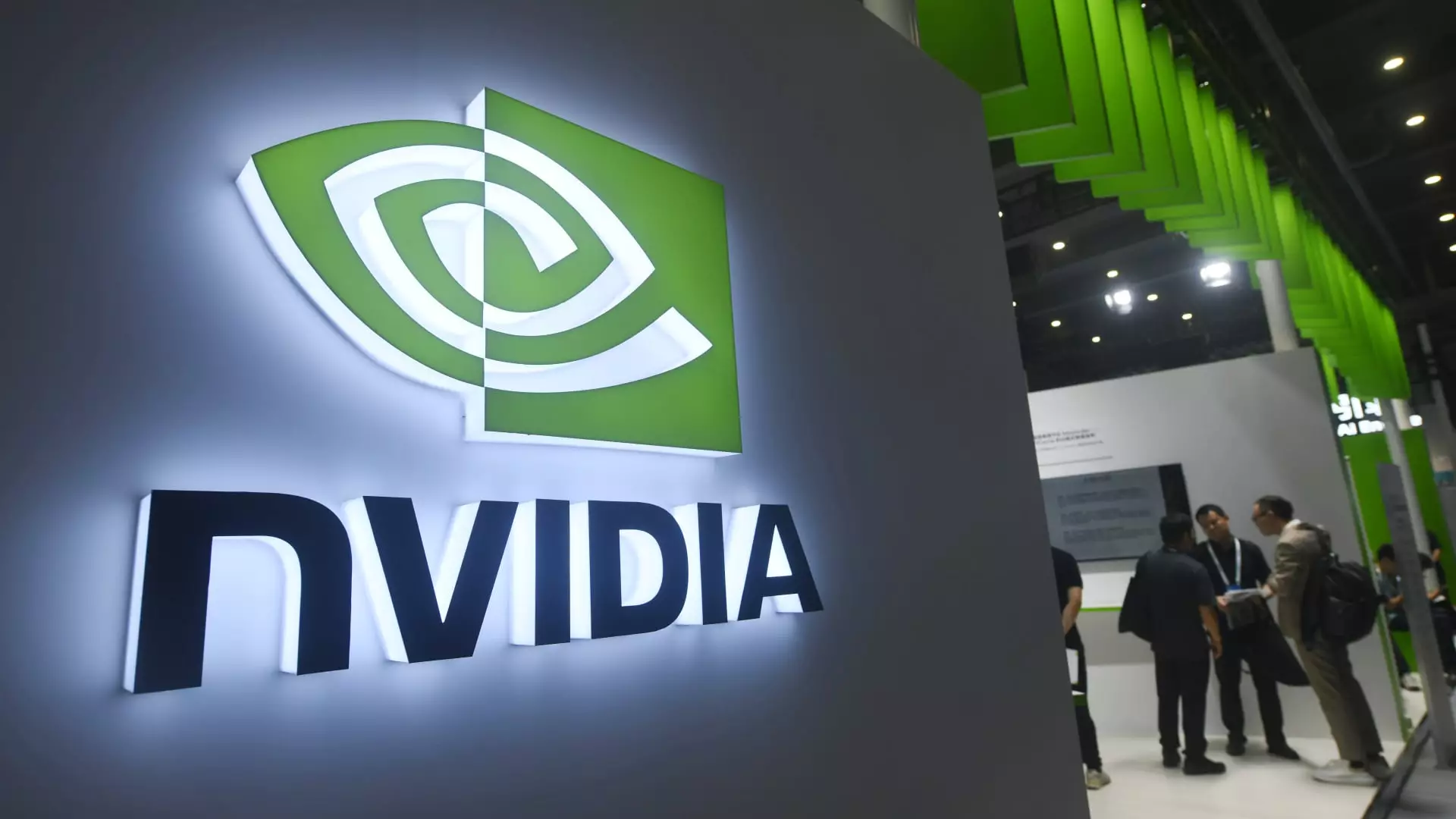The ongoing healthcare crisis, exacerbated by staff shortages and excessive administrative burdens, has drawn significant attention from tech giants like Nvidia, Google, and Microsoft. As these companies gather in Las Vegas for the health-care technology conference HLTH 2023, they showcase a promising future fueled by artificial intelligence (AI) aimed at alleviating the overwhelming workload faced by healthcare professionals. Over 12,000 industry leaders are expected to attend, highlighting AI’s transformative potential within the healthcare sector.
Understanding the Administrative Load
To appreciate the impact of new AI tools, it’s essential to first comprehend the challenges confronting healthcare workers. Physicians and nurses often find themselves drowning in paperwork as they maneuver through extensive patient records, interactions with insurance providers, and compliance with an increasingly complex regulatory landscape. This procedural labyrinth is not only time-consuming but also a significant contributor to a pervasive sense of burnout among healthcare staff. According to Mercer, a consultancy, the United States is projected to face a shortfall of 100,000 healthcare workers by 2028.
As healthcare professionals grapple with these daunting responsibilities, many organizations have begun to invest in technological solutions that promise to streamline administrative processes. The consensus among tech companies is that AI can reduce the time spent on clerical tasks, potentially restoring precious hours back to patient care.
At the forefront of this technological innovation is Google, which has recently emphasized its commitment to healthcare through tools designed to simplify administrative workflows. At the conference, Google will highlight its Vertex AI Search for Healthcare, which enables developers to create applications that help clinicians quickly traverse disparate medical records. Vast data silos often hinder effective patient care, but tools like Vertex AI aim to bridge these gaps efficiently, enabling healthcare providers to access the information required at their fingertips.
Meanwhile, a survey released by Google reveals a staggering statistic: clinicians spend an estimated 28 hours a week on administrative duties. The results reflect what many in the field have felt—about 80% of providers indicated that this burden detracts from their ability to focus on patient care, while 91% expressed optimism regarding AI’s role in mitigating administrative work.
Microsoft, not to be outdone, is also rolling out a collection of tools that promise to lessen the clerical load. Among these offerings is an automated documentation solution tailored for healthcare workers, building on the capabilities they acquired through the purchase of Nuance Communications. Their DAX Copilot tool, which transcribes patient interactions into clinical notes, demonstrates a practical application of generative AI that could drastically decrease the time healthcare professionals spend documenting patient visits.
The Evolution of AI in Healthcare
The rising popularity of AI scribe tools is evident, with innovators such as Abridge and Suki making strides in the space, attracting significant investments from venture capital. Abridge’s founder, Dr. Shiv Rao, noted the unprecedented speed at which these technologies are being integrated into clinical settings. Nvidia’s venture capital arm’s backing of Abridge further underscores the confidence in AI’s potential to reshape healthcare documentation.
Nvidia itself is making waves at HLTH 2023, with plans to unveil solutions aimed at improving the workloads of doctors and nurses. The company’s involvement in the AI boom, particularly through its graphics processing units (GPUs), has positioned it as a leader in powering technologies like ChatGPT. Its stock has soared, exemplifying investor faith in AI’s transformative potential within healthcare.
Despite the excitement surrounding AI’s application in healthcare, the sector has historically demonstrated a cautious approach towards new technologies. Many health systems are still grappling with the assessment of tools and vendors, making cautious strides toward implementation. As the HLTH exhibition floor buzzes with innovation, attendees are reminded that while the promise of AI is great, challenges in adoption still loom large.
The convergence of leading tech companies and healthcare innovators at HLTH 2023 heralds the dawn of an AI-powered era in patient care. If successfully integrated, these tools could mitigate the administrative burdens weighing down healthcare professionals, thereby enhancing their capacity to focus on patient interaction and treatment. An ongoing dialogue on the responsible and effective implementation of these technologies will be critical as the industry moves forward. With the promise of a reduced workload and increased job satisfaction, the commitment of these tech giants to alleviate clinician burnout could be a game-changer for the future of healthcare.


Leave a Reply
You must be logged in to post a comment.